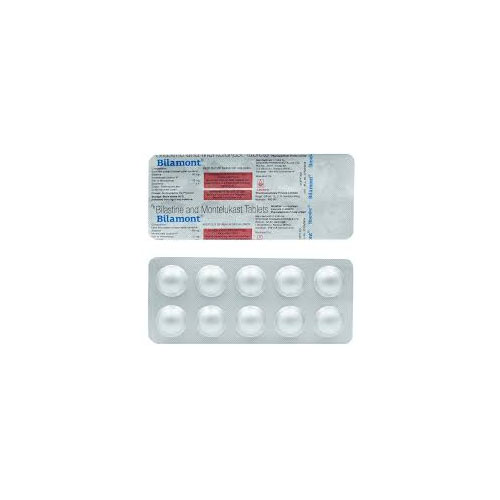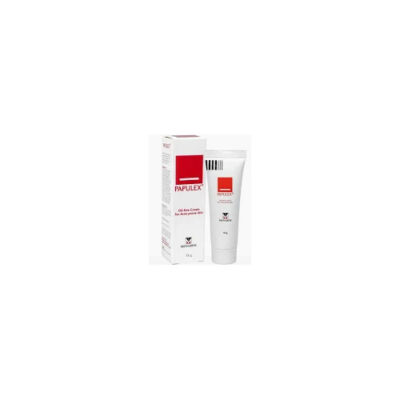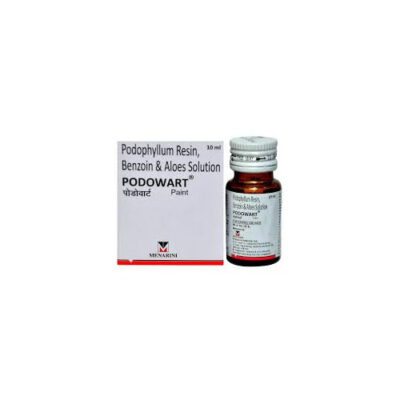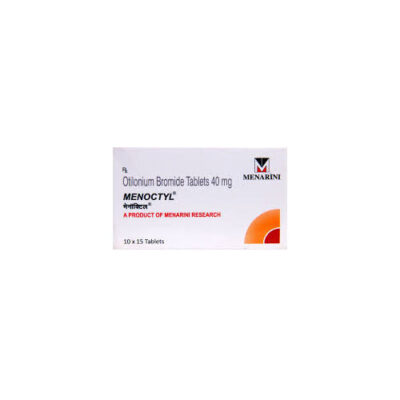Description
About Augmed 1000/200 MG Injection 1
Augmed 1000/200 MG Injection 1 is primarily used to manage moderate to severe bacterial infections. This combination medicine belongs to the class of antibiotics, specifically the penicillin type.
This injection can also manage a range of other bacterial infections. These include respiratory tract infections like pneumonia and bronchitis, urinary tract infections, skin and soft tissue infections, intra-abdominal infections, septicaemia, bone and joint infections, and genital infections.
Before starting this medicine, it’s important to consult your doctor about the appropriate dosage and frequency. Ensure you inform your doctor about any pre-existing conditions or ongoing medication you may be taking. Consult your doctor immediately if you observe any side effects while using this medicine. Lastly, it’s crucial to continue taking the medicine for the duration prescribed by your doctor for optimal results.
Uses of Augmed 1000/200 MG Injection 1
Augmed 1000/200 MG Injection 1 is used for:
-
Managing respiratory tract infections, including pneumonia and bronchitis
-
Controlling urinary tract infections
-
Handling skin and soft tissue infections
-
Managing intra-abdominal infections
-
Addressing septicaemia, a serious blood infection
-
Dealing with bone and joint infections
-
Managing genital infections
-
Directions for Use of Augmed 1000/200 MG Injection 1
To administer Augmed 1000/200 MG Injection 1, follow these steps:
-
The injection is administered intravenously, directly into a vein or through an IV tube.
-
It should be administered by a healthcare professional only.
-
It’s crucial to flush the IV line before and after each injection.
-
How Augmed 1000/200 MG Injection 1 Works?
Augmed 1000/200 MG Injection 1 consists of two active components:
-
Amoxicillin (1000 mg): This semisynthetic penicillin-type antibiotic inhibits the formation of bacterial cell walls. It deactivates proteins inside the bacterial cell wall that build cross-links between peptidoglycan chains, which is necessary for the strength and rigidity of bacterial cell walls. As a result of this interference, the bacterial cell wall weakens, leading to cell destruction.
-
Clavulanic acid (200 mg): This component doesn’t have significant antibacterial activity but plays a vital role in protecting amoxicillin from destruction by specific enzymes called beta-lactamases produced by certain bacteria. It extends the spectrum of amoxicillin’s activity to include many bacteria that are usually resistant to it and other similar antibiotics.
Route of Administration
Augmed 1000/200 MG Injection 1 is administered intravenously.
Side Effects of Augmed 1000/200 MG Injection 1
Augmed 1000/200 MG Injection 1 may have the following common side effects:
-
Diarrhoea
-
Nausea
-
Skin rash
-
Urticaria (skin rash that can cause itchy, red welts)
-
Vomiting
-
Headache
Managing the Side Effects:
Most side effects are temporary and generally harmless, which resolve on discontinuing the use of Augmed 1000/200 MG Injection 1. However, if you experience any serious side effects or worsening of any of the symptoms, please consult your doctor.
Here are some general guidelines for managing common side effects:
-
Diarrhoea: Stay hydrated with clear fluids and avoid spicy or fatty foods until symptoms improve.
-
Nausea: Eat small, frequent meals and avoid greasy or strong-smelling foods.
-
Safety Measures & Warnings
Pregnancy
Caution is advised while taking Augmed 1000/200 MG Injection 1 if you are pregnant. It is best to consult your doctor before taking this medicine.
Breastfeeding
Augmed 1000/200 MG Injection 1 is cautiously used while breastfeeding as amoxicillin is excreted in breast milk. Please consult your doctor for advice.
Alcohol
Consuming alcohol can intensify certain side effects. It’s better to avoid drinking alcohol if you are under any medication. Always consult your doctor regarding alcohol intake.
Liver
If you have liver problems, be cautious before starting Augmed 1000/200 MG Injection 1. This medicine may affect liver function, especially if you’ve had a history of jaundice or hepatic dysfunction related to amoxicillin.
Kidney
If you have kidney issues, it’s advisable to consult your doctor before using Augmed 1000/200 MG Injection 1. Your dosage might need to be adjusted depending on your kidney function.
Using Machines & Driving
Augmed 1000/200 MG Injection 1 has no known effects that could affect your ability to drive or operate machinery.
Allergy
Avoid using Augmed 1000/200 MG Injection 1 if you’re allergic to penicillin or cephalosporin antibiotics. If you’ve got allergies or asthma, use this medicine with caution.
Children
Augmed 1000/200 MG Injection 1 can be given to children under medical supervision. The dosage depends on the child’s weight and the severity of the infection.
Older Patients
Older patients should take Augmed 1000/200 MG Injection 1 under medical supervision as they may be more susceptible to its side effects. Your doctor will guide you based on your health status.
Interactions of Augmed 1000/200 MG Injection 1
-
Drug-Drug Interactions
Augmed 1000/200 MG Injection 1 may interact with the following medicines:
-
Uric acid medications such as Probenecid: This medication reduces the kidney’s secretion of amoxicillin, increasing its levels in the body. Only use them together if a doctor specifically recommends it.
-
Anticoagulants like warfarin: When taken together with Augmed 1000/200 MG Injection 1, may have enhanced effects. Regular monitoring of prothrombin times is crucial.
-
Metabolites such as Methotrexate: Amoxicillin can decrease the excretion of methotrexate, potentially leading to an increased risk of toxicity.
-
Xanthine oxidase inhibitors such as Allopurinol: The risk of developing a rash may increase when used with Augmed 1000/200 MG Injection 1.
-
Oral Contraceptives: Augmed 1000/200 MG Injection 1 may reduce the effectiveness of oral contraceptives such as ethinylestradiol. It’s advisable to use additional contraception during treatment.
-
Drug-Food Interactions
There are no specific food interactions known with Augmed 1000/200 MG Injection 1.
-
Drug-Disease Interactions
Augmed 1000/200 MG Injection 1 can interact with the following diseases:
-
Liver Disease: Patients with liver disease should be cautious, as this medication could exacerbate their condition.
-
Renal Impairment: If you have kidney disease, your doctor may adjust your dose accordingly.
-
Mononucleosis: There is an increased risk of skin rashes in people with mononucleosis who take Augmed 1000/200 MG Injection 1.
Dosage of Augmed 1000/200 MG Injection 1
-
Daily Dose
The recommended dose of this injection is determined by your doctor, who will consider factors like the severity of your condition and your response to the medicine. Always follow the prescribed dosage and refrain from exceeding it without consulting your doctor.
-
Over Dose
Overdose of this injection is unlikely as a healthcare professional administers it. The symptoms of overdose of this injection include nausea, skin rash or diarrhoea. If you suspect an overdose, inform your doctor.
-
Missed Dose
If you miss a dose of Augmed 1000/200 MG Injection 1, take it as soon as you remember. However, if it’s nearly time for your next dose, skip the missed one and follow your regular dosage schedule. Avoid adjusting the dosage without consulting your doctor.
Storage
-
Store Augmed 1000/200 MG Injection 1 in the refrigerator or between 2°C to 8°C. Do not freeze.
-
Shield the product from light and avoid damp places.
-
Keep this medicine out of reach of children.
-
Always check the expiry date before administering the injection.
-
-






Reviews
There are no reviews yet.